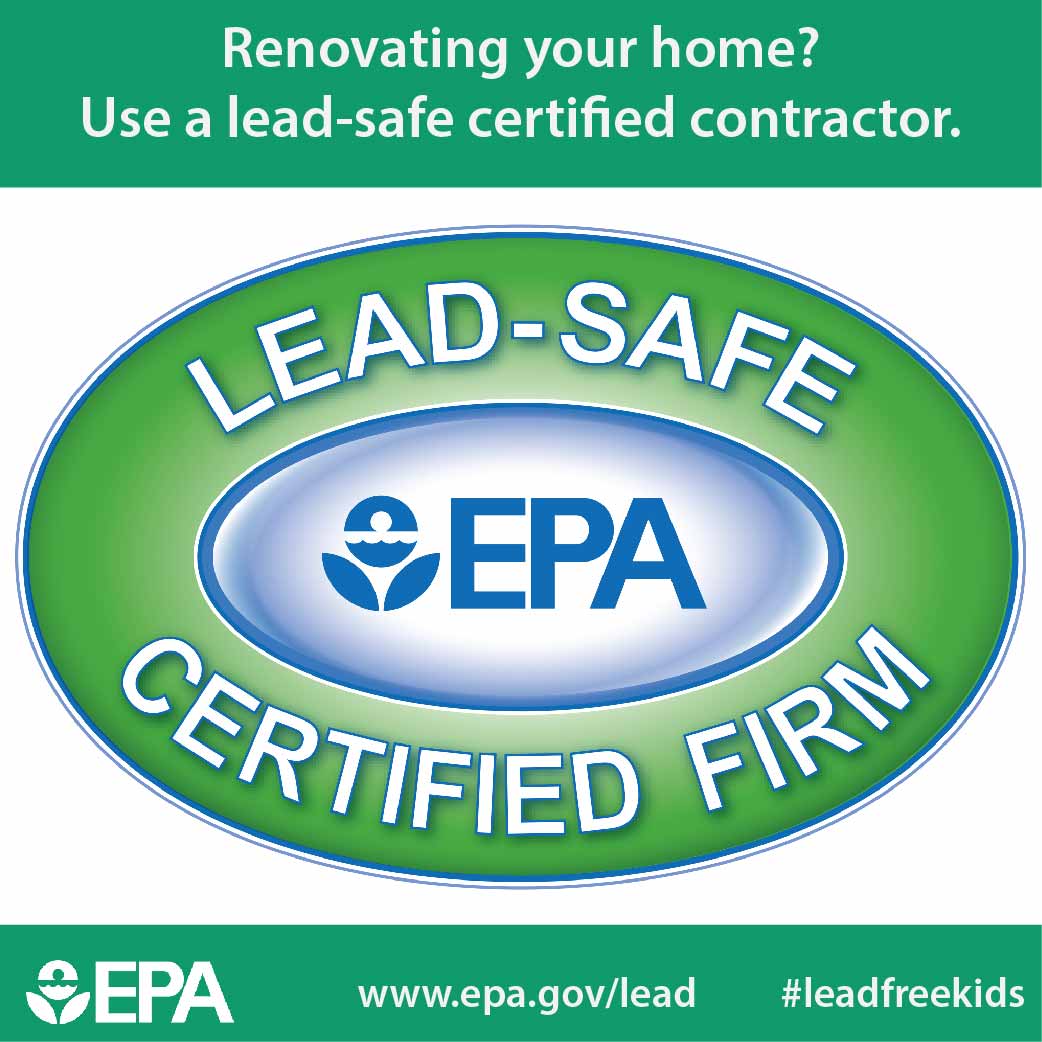Understand Just How Seasonal Problems Affect The Success Of Commercial Outside Paint And Discover The Perfect Periods To Guarantee Long-Lasting Results For Your Task
Understand Just How Seasonal Problems Affect The Success Of Commercial Outside Paint And Discover The Perfect Periods To Guarantee Long-Lasting Results For Your Task
Blog Article
Article Developed By-Carlson Celik
When you're intending a business external painting job, seasonal variables can make or break your results. You'll want to think about how temperature and humidity impact paint application and drying times. Choosing ceiling and walls painted the same color can guarantee your paint adheres effectively and lasts longer. But which periods are genuinely the most effective for this kind of work? Allow's check out the key elements that can affect your job's success.
The Impact of Temperature Level on Paint Application
When you're intending a commercial external paint job, the temperature level can considerably affect exactly how well the paint adheres and dries out.
Preferably, you want to repaint when temperatures range in between 50 ° F and 85 ° F. If it's also cool, the paint might not treat appropriately, bring about issues like peeling or fracturing.
On the other side, if it's also warm, the paint can dry as well rapidly, protecting against correct bond and resulting in an uneven surface.
You ought to additionally take into consideration the moment of day; early morning or late afternoon offers cooler temperature levels, which can be much more beneficial.
Constantly examine the maker's recommendations for the certain paint you're using, as they often give assistance on the perfect temperature array for ideal results.
Humidity and Its Result on Drying Times
Temperature isn't the only environmental element that influences your business external paint project; humidity plays a considerable function also. High moisture levels can reduce drying out times significantly, influencing the general top quality of your paint work.
When the air is filled with moisture, the paint takes longer to treat, which can result in issues like poor bond and a higher risk of mold growth. If how to clean latex paint from brushes on a specifically damp day, be planned for prolonged delay times in between coats.
It's important to check regional weather conditions and strategy appropriately. Ideally, aim for humidity degrees in between 40% and 70% for optimum drying.
Maintaining these factors in mind guarantees your job stays on track and supplies a long-term finish.
Best Seasons for Commercial Outside Paint Projects
What's the best season for your industrial external paint jobs?
https://find-a-painter-near-me01100.theblogfairy.com/33494480/house-painters-the-path-to-a-bright-inviting-and-energetic-home-setting and very early autumn are usually your best choices. Throughout these periods, temperatures are moderate, and moisture degrees are frequently reduced, developing excellent problems for paint application and drying.
Prevent summertime's intense heat, which can trigger paint to dry also rapidly, leading to bad attachment and coating. In a similar way, wintertime's chilly temperatures can prevent proper drying and healing, taking the chance of the long life of your paint job.
Aim for days with temperatures between 50 ° F and 85 ° F for ideal outcomes. painter fort worth tx in mind to check the regional weather report for rainfall, as damp problems can wreck your job.
Planning around these elements ensures your paint task runs smoothly and lasts longer.
Conclusion
In conclusion, preparing your commercial exterior painting projects around seasonal considerations can make a considerable distinction in the outcome. By organizing job throughout the suitable temperature levels and moisture degrees, you'll make sure better adhesion and drying out times. Bear in mind to watch on local weather report and pick the right time of year-- springtime and early autumn are your best choices. Taking these actions will help you accomplish a durable and professional finish that lasts.
